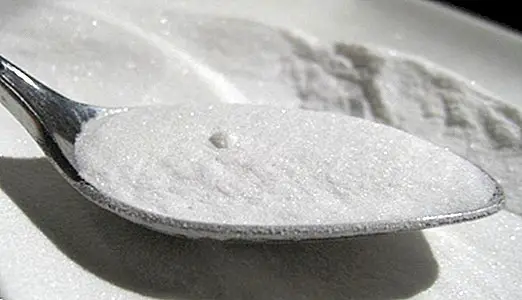Quinoa and chia, two ideal seeds for our food
Both the chia as the quinoaare two legendary seeds each in their country of origin have begun for some years, we can say very few, to incorporate more and more into the cuisine of our country as well as the diet of many homes. They are two seeds full of benefits and nutritional properties for our organism and to which we can make a little hole to vary between our rice and pasta dishes.
These two seeds in addition to vary our recipes provide us with many proteins and become a good option to consume protein with which we can reduce the consumption of red meat, we already know that a high consumption of these meats is not healthy, or advisable. 
Below we provide nutritional information on both seeds, their benefits as well as the countries that produce and consume these seeds.
Benefits and nutritional properties of quinoa seeds
The seeds of quinoa They are native to the Andes, where it has been consumed for thousands of years, and among its nutritional properties we highlight the presence of eight essential amino acids, it also contains slow absorption complex carbohydrates, starch, fiber, minerals, proteins, omega 3 fatty acids , low fat, does not contain gluten.
Being rich in fiber favors good intestinal transit, since it contains a slow-absorbing complex carbohydrate, it can be consumed by diabetics, and since it does not contain gluten, it is also well tolerated by people with gluten intolerance. 
With quinoa seeds you can make flour, make pasta. Quinoa milk and also beer.
As we have said before, quinoa seeds are native to the Andes and the countries producing this seed are Peru and Bolivia, it is widely consumed in the United States, also in Europe, Canada, Latin America and Australia.
Benefits and nutritional properties of chia seeds
The chia seeds They come from Central America. They are seeds rich in omega 3 fatty acids, in smaller amount contains omega 6 fatty acids, proteins, fiber, minerals such as iron, calcium, potassium, magnesium, zinc, rich in antioxidants, vitamins of group B, vitamin A, low fat , low in calories and does not contain gluten.
Due to its high content of fatty acids, they help us to control cholesterol levels by lowering bad cholesterol and raising good cholesterol with what protects us against cardiovascular diseases. 
Its high fiber content favors good intestinal transit helping us to release the body of toxins that accumulate as it favors us to avoid suffering from constipation.
Since it does not contain gluten, it is apt to be consumed by people who have gluten intolerance. In addition, to contain few fats and few calories are recommended by nutritionists to include them in diets to lose weight.
Chia seeds can be cooked to accompany and enrich different dishes, also to include them in smoothies and juices.
The main countries producing chia seeds are Bolivia, Peru, Mexico, Argentina, Paraguay, Nicaragua, Australia. Among the consumer countries, the United States stands out. In Europe the market is growing quite a lot, also in some Asian countries, and in Oceania, New Zealand and Australia. 
As we can see are two healthy seeds with which to accompany different dishes, prepare various recipes and ideals to include them also in a healthy and balanced diet.
We encourage you to discover them and to try them we have already incorporated them into our diet. This article is published for informational purposes only. You can not and should not replace the consultation with a Nutritionist. We advise you to consult your trusted Nutritionist. ThemesCereals



